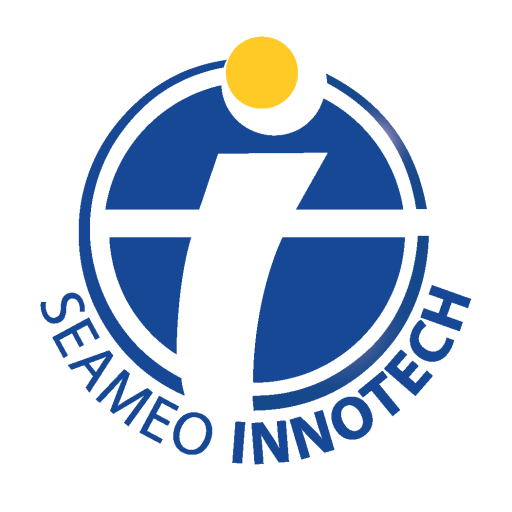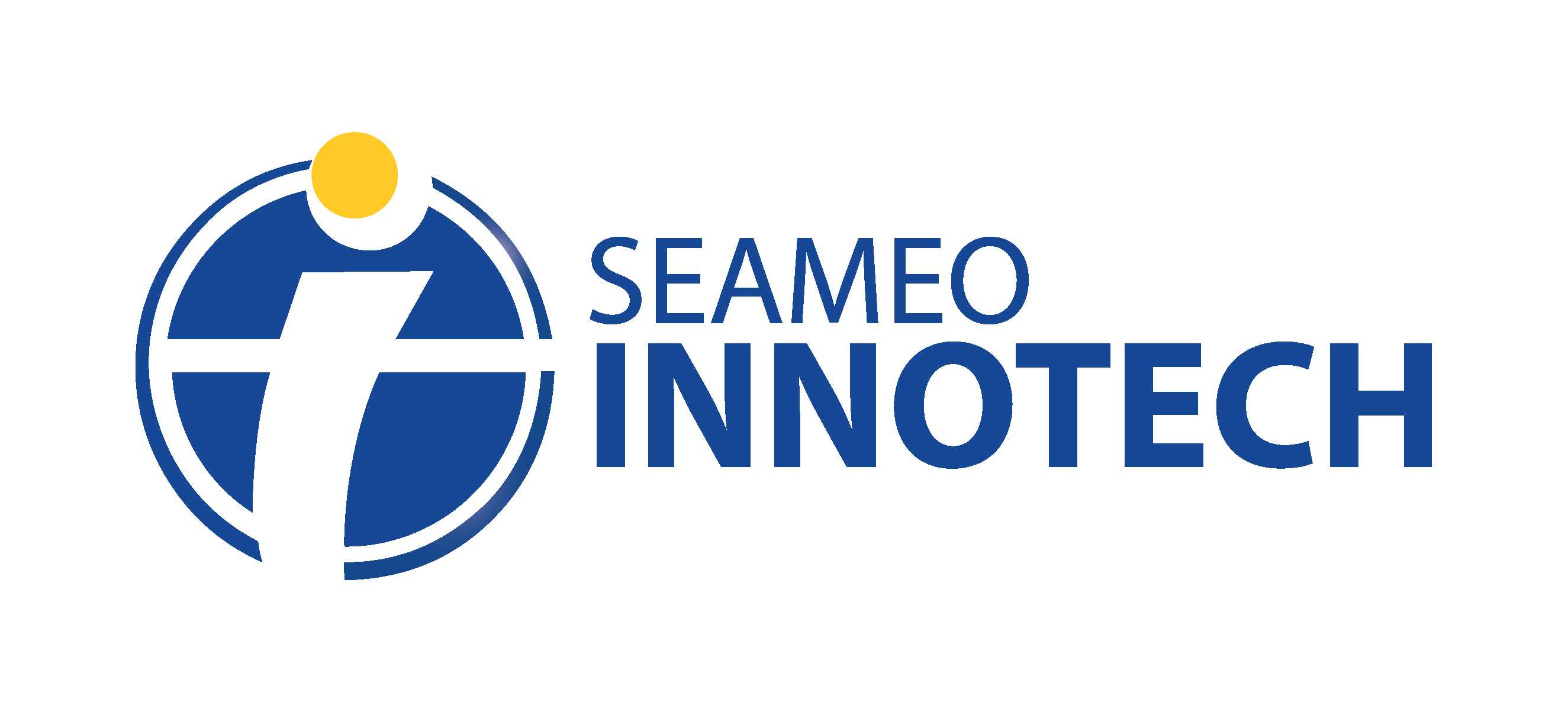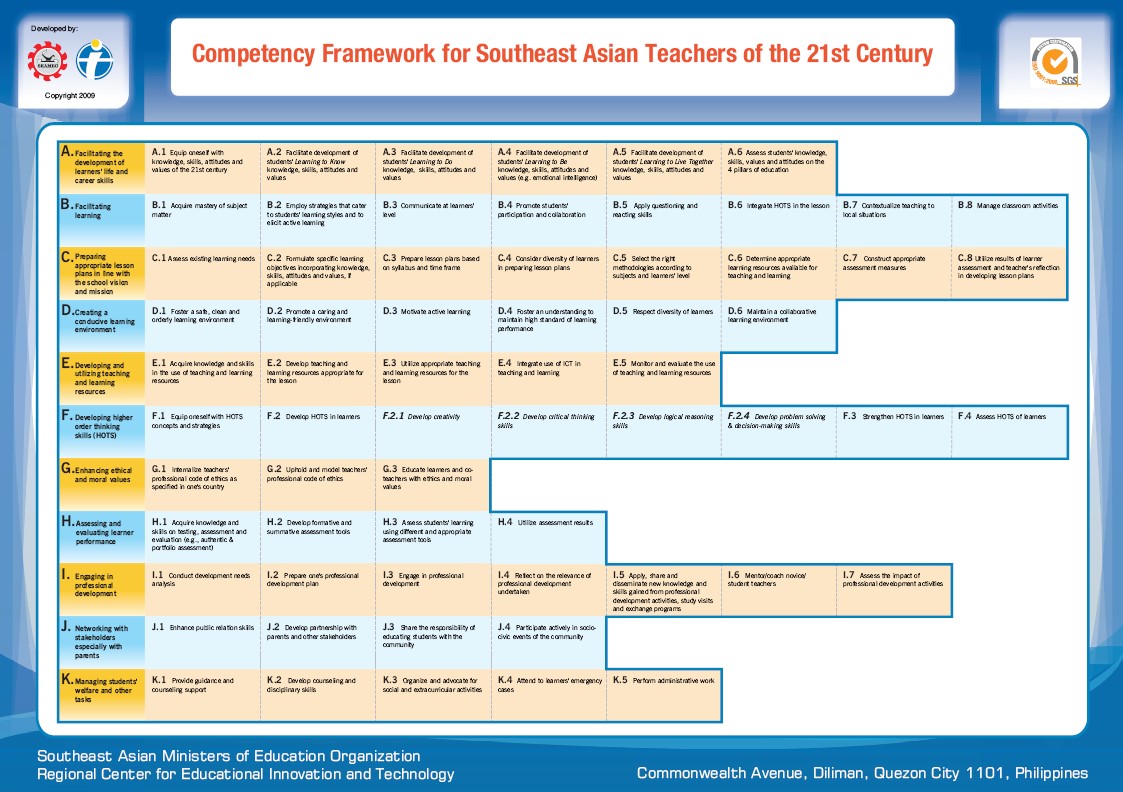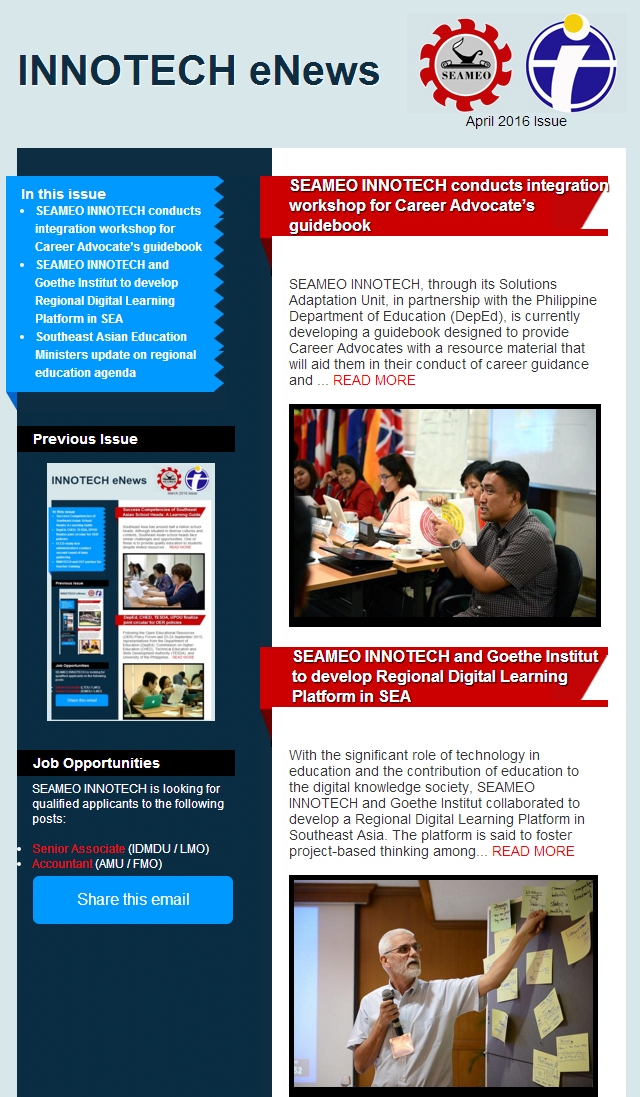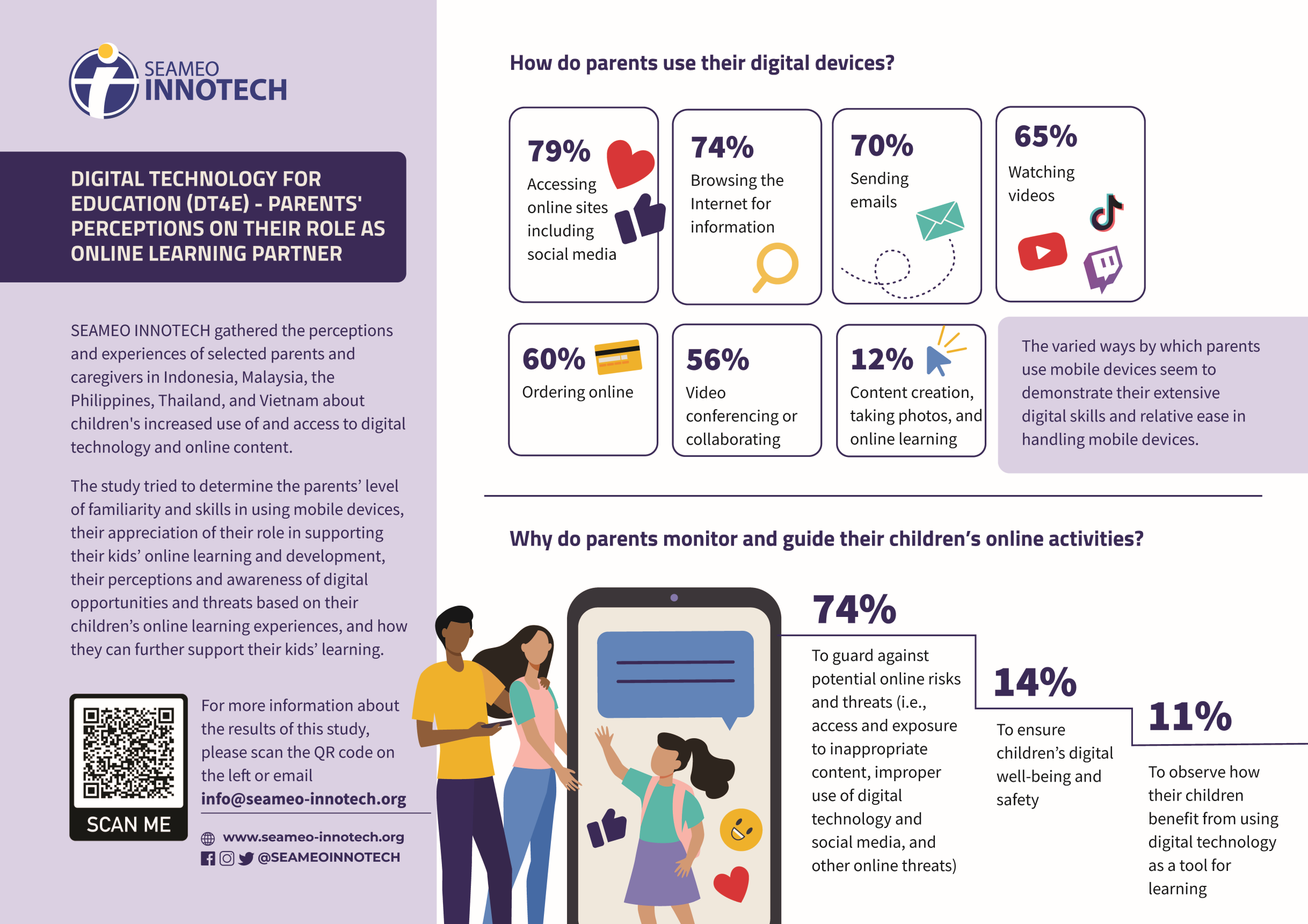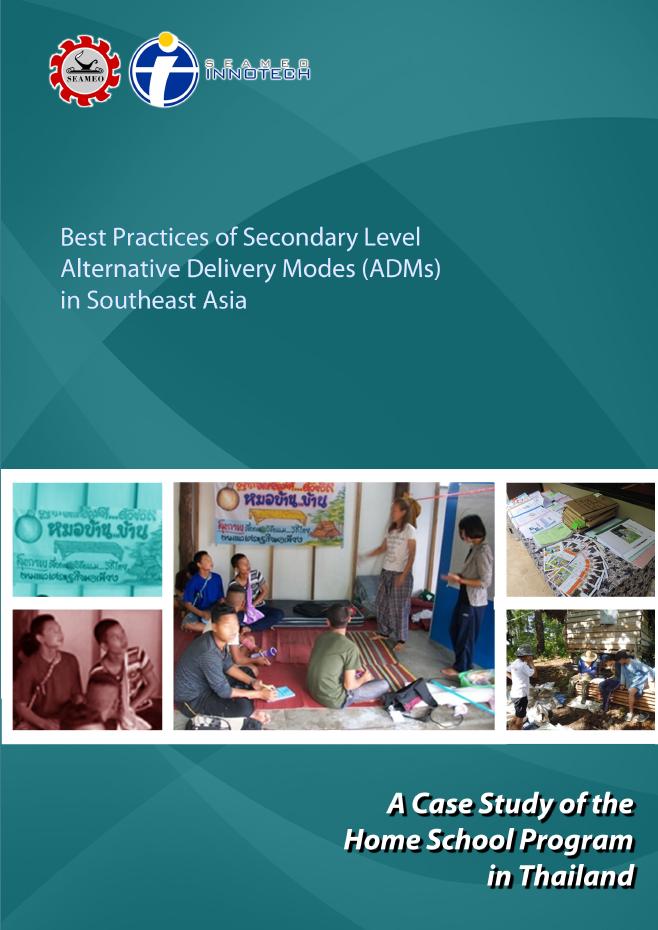
While enrollment in secondary schools has been increasing over the past decade, a significant number of young people are still not able to access quality and relevant secondary education. Some learners experience difficulty in transitioning from primary to secondary level, and from secondary level to the labour market. In some parts of Southeast Asia, there is disparity in terms of completion of secondary education between rural and urban learners, and between working students and those studying full time. Learners from marginalized groups, including indigenous people, young people with special needs, and those from low socio-economic groups, also face challenges in accessing and completing secondary education.
There are many barriers that can push learners out of the formal school system, including geographical distance, poverty, conflict, natural disasters, etc. Alternative delivery modes (ADMs) offer solutions that may help learners outside of the regular school system acquire the needed basic education competencies and life skills. At the secondary level, these initiatives provide learners with the opportunity to complete their education at their own pace given the resources and the context they are in, thereby preparing them for work or further education. ADMs offer flexibility and relevance, and may be accessed at a lower cost than conventional schools.
In SEAMEO-member countries, numerous forms of alternative modalities have been and are being implemented. SEAMEO INNOTECH launched a research project to document successful secondary level alternative delivery models. The aim was to consolidate best practices, study more closely how the programs were executed given the varied contexts, and identify factors that contributed to their success. This project resulted in the documentation of four exemplary ADM programs, which shall be presented as a series of case studies. These include: i) the school-industry partnership of the Multiple Entry Exit System (MEES) of Indonesia; ii) access to secondary education of island learners in Vietnam; iii) flexible learning delivery modalities and learner-centered support system of the Open High School Program (OHSP) of the Philippines; and iv) project-based learning approach in support of a needs-based curriculum evident in the Home School Program of Thailand. Each case study discusses the various components of the program and highlights the unique and facilitative factors underlying the successful ADM initiative.
The series of case studies was made possible through the active collaboration with in-country researchers from Indonesia, Philippines, Thailand and Vietnam, and the stakeholders who contributed their ideas, insights and experience. We hope the case studies will give a better understanding of ADMs as education solutions and widen perspectives on the benefits of employing such modalities for students in the secondary level.

